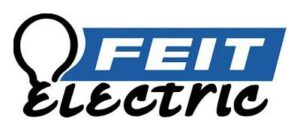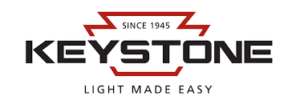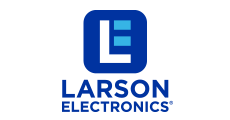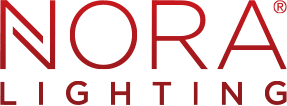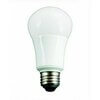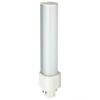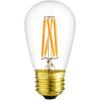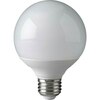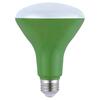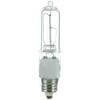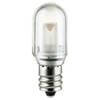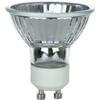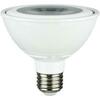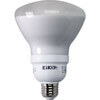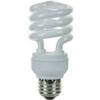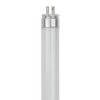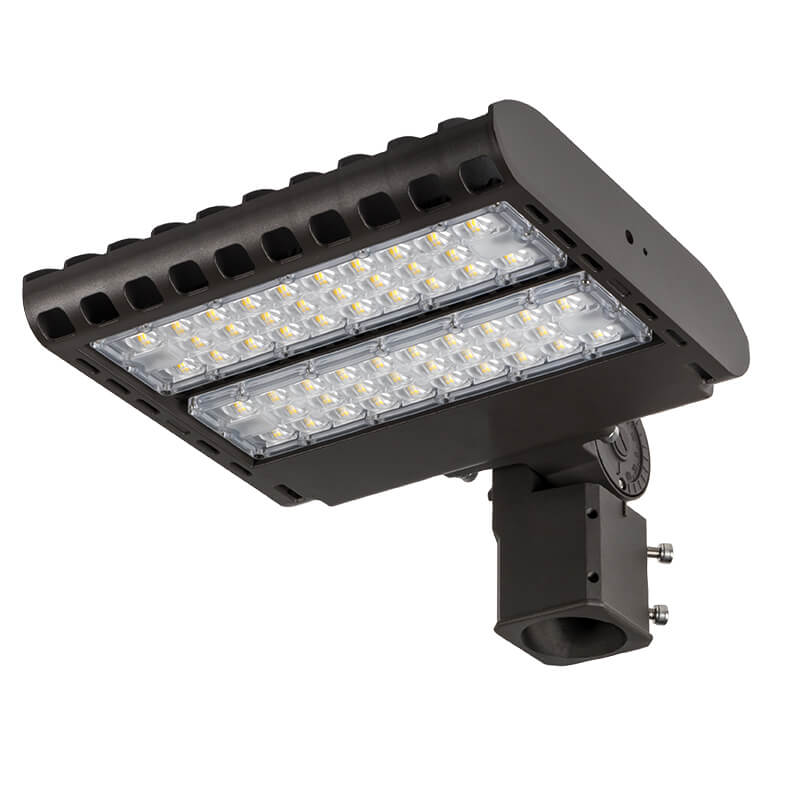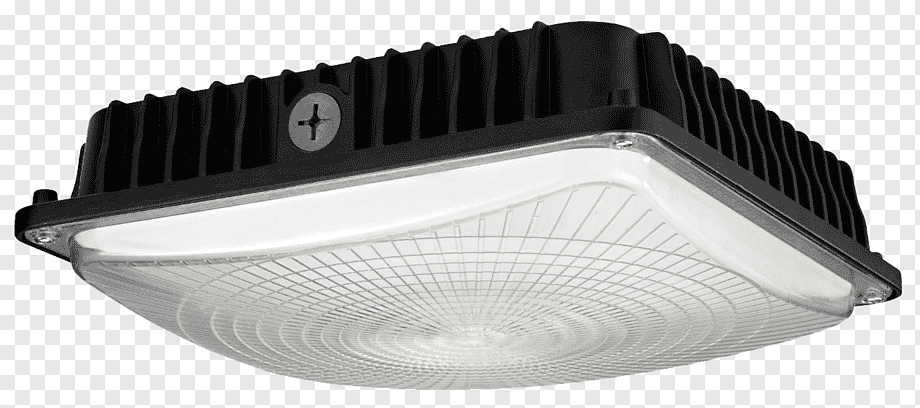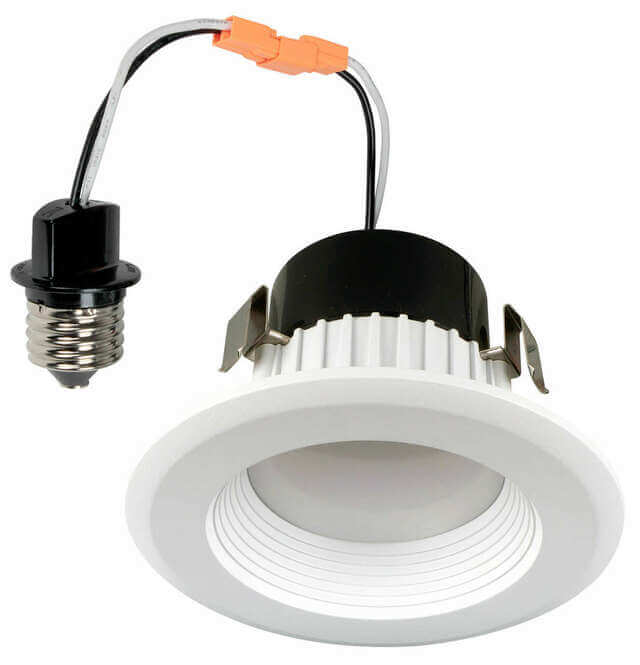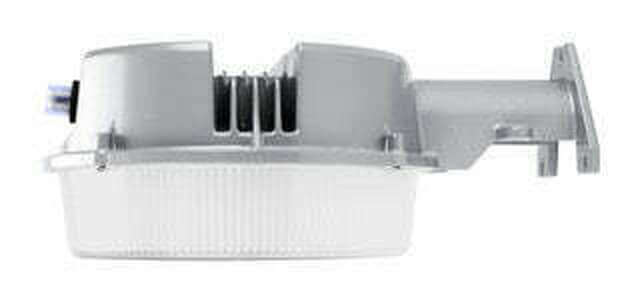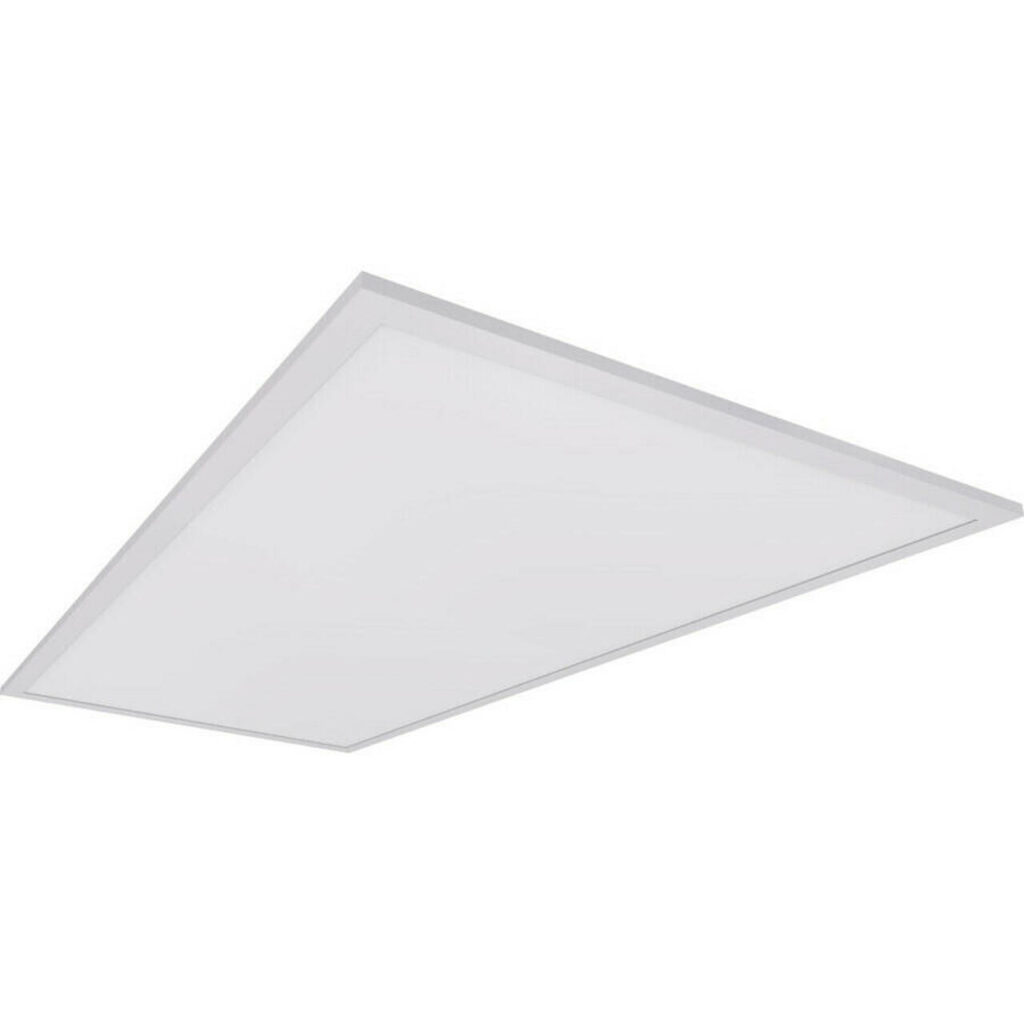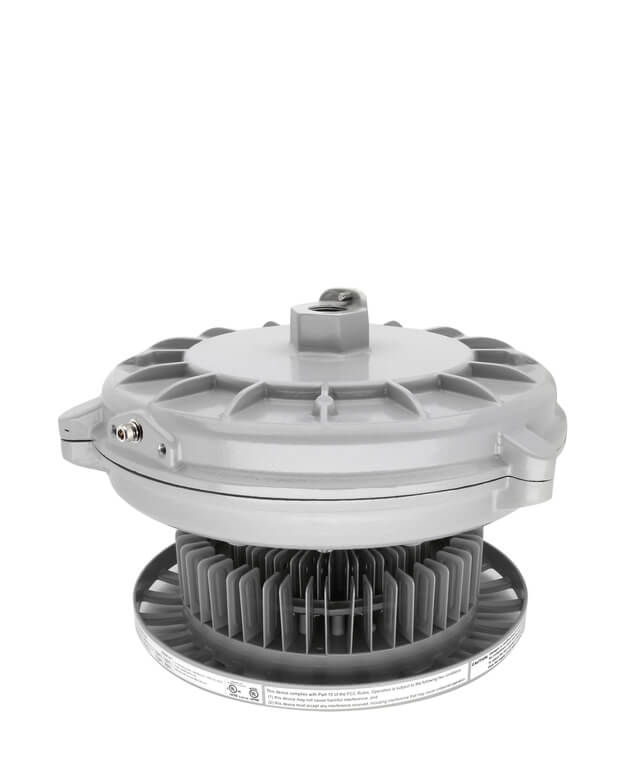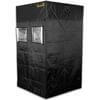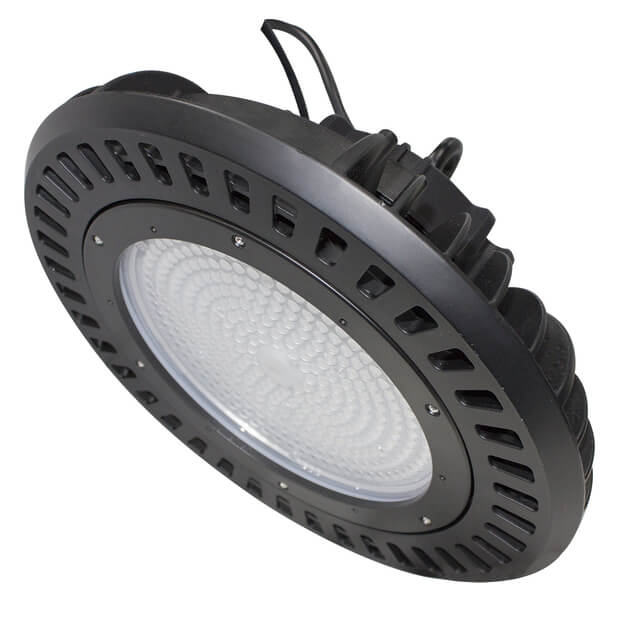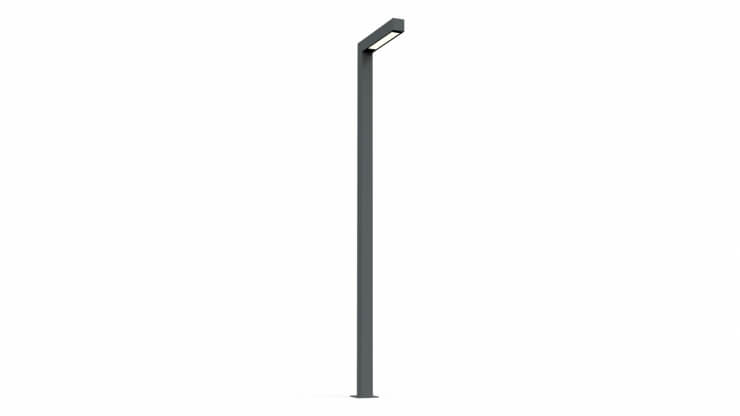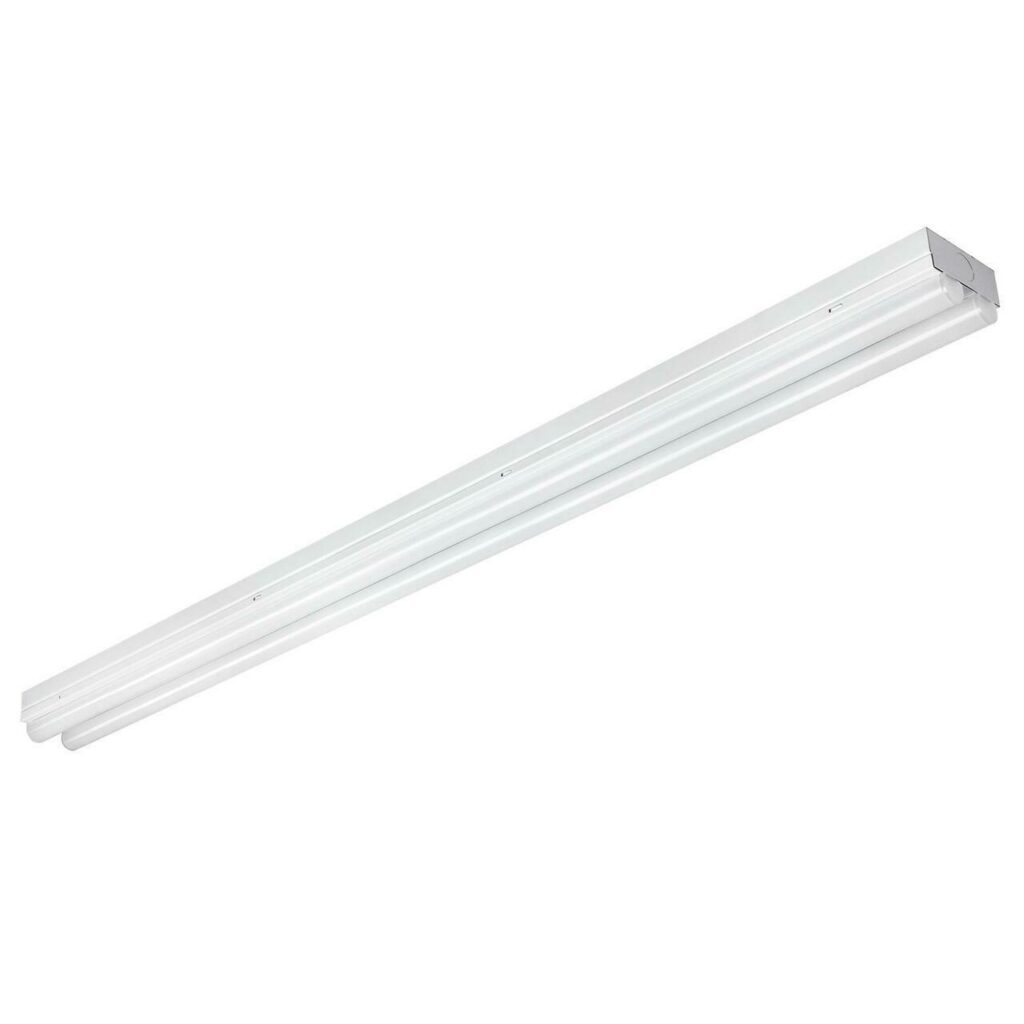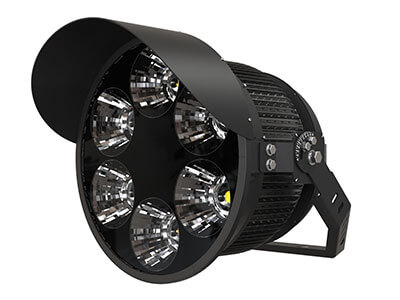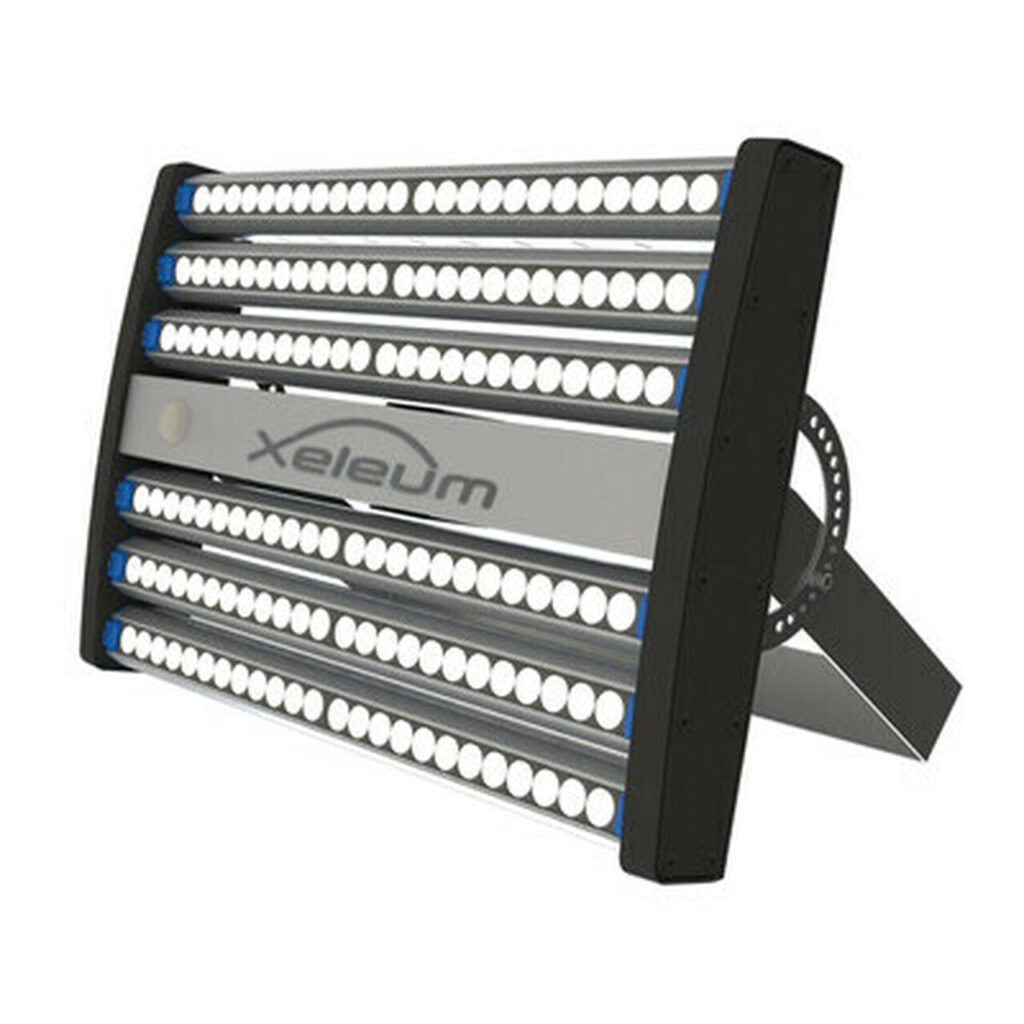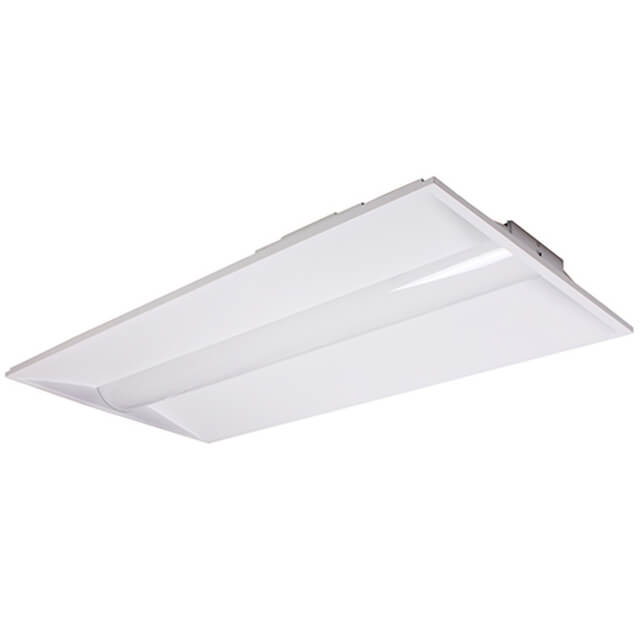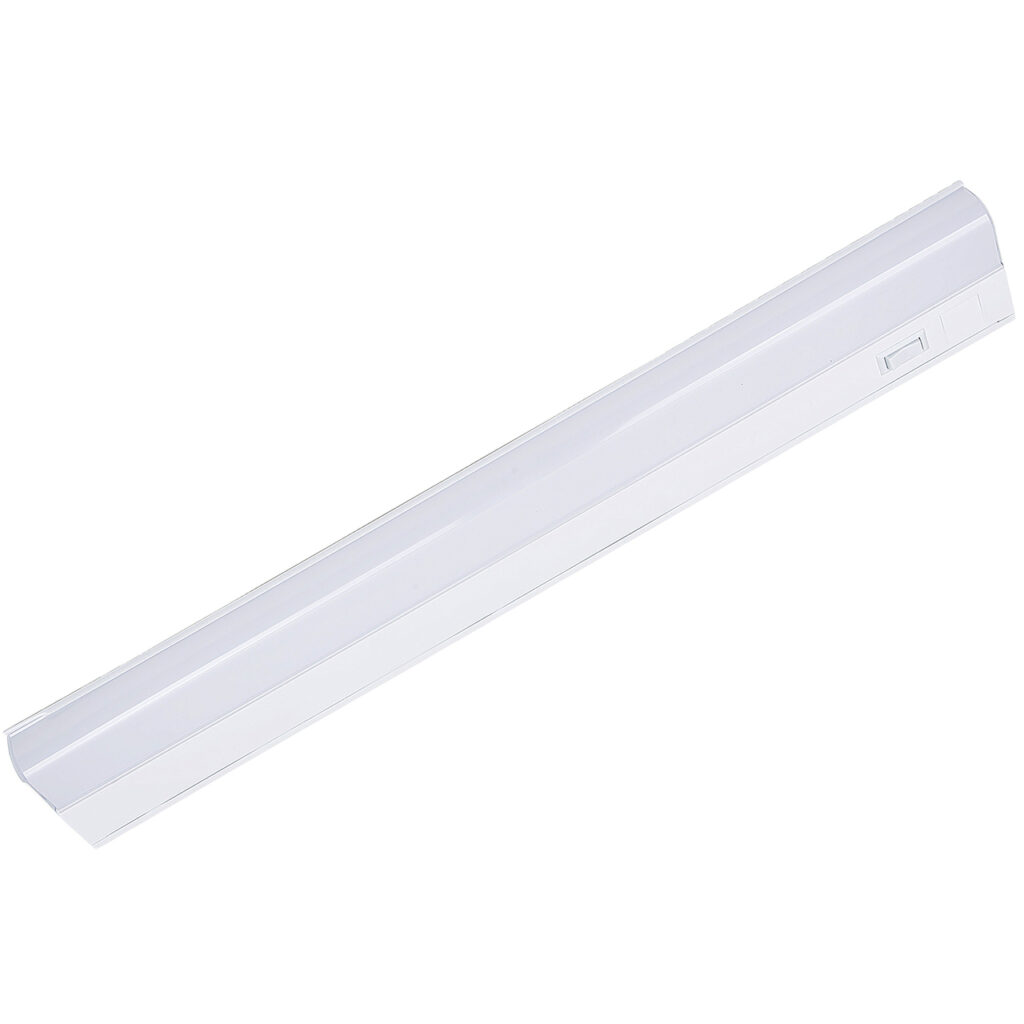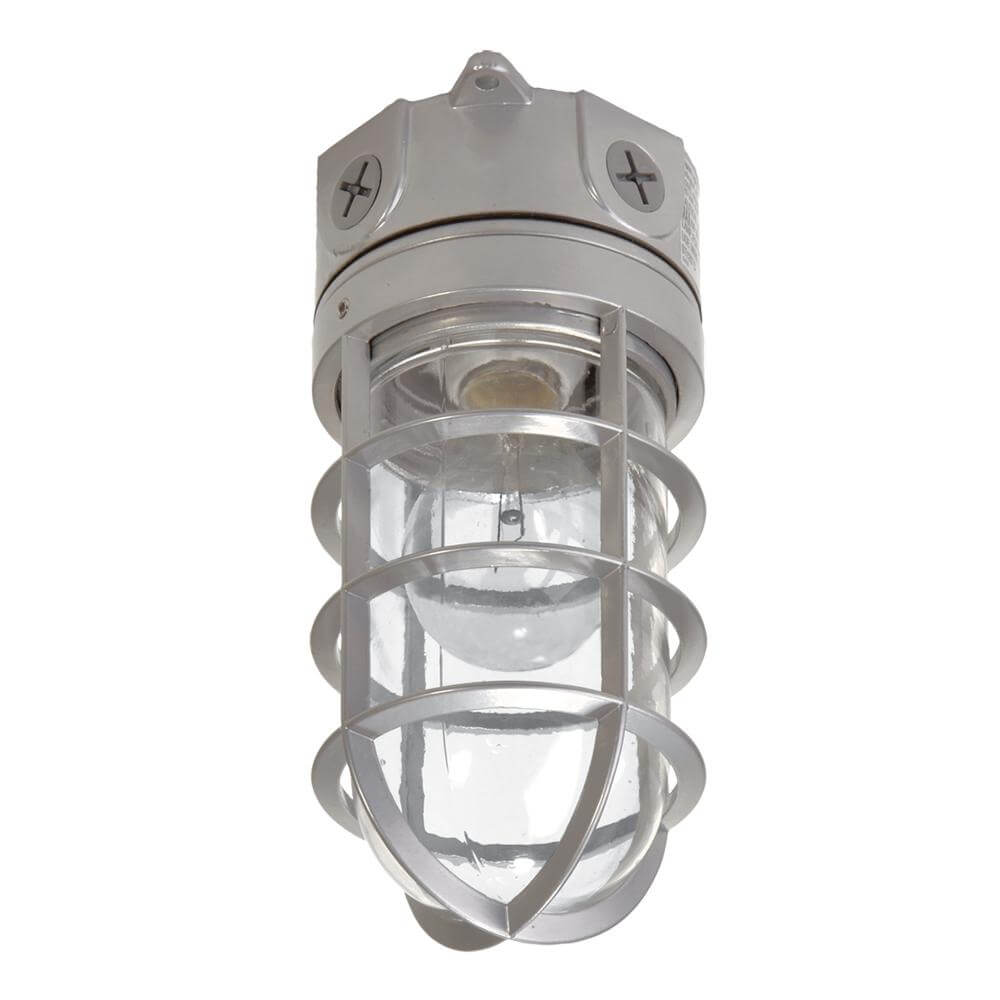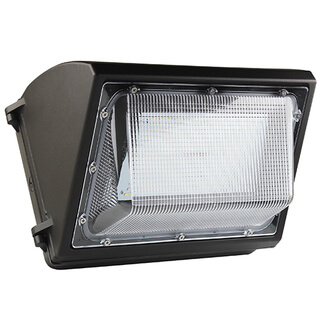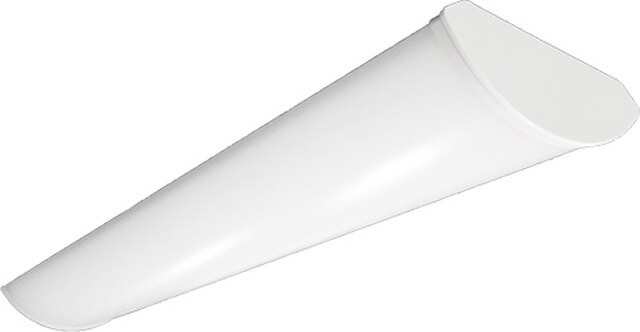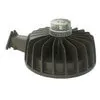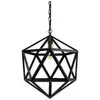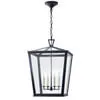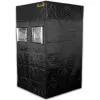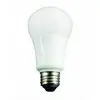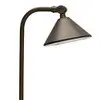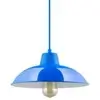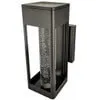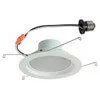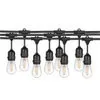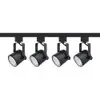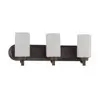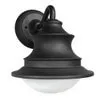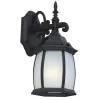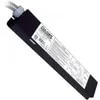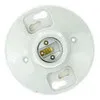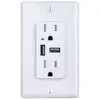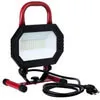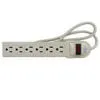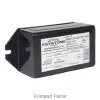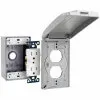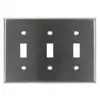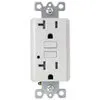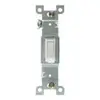In today’s business landscape, companies are increasingly focused on creating efficient and sustainable environments. One area of focus is the integration of exterior smart lighting controls to reduce energy consumption, optimize operations, and contribute to environmental goals. With advancements in lighting technology, businesses can benefit from automated, energy-saving systems that enhance aesthetics and functionality. For companies seeking a blend of operational efficiency and technological innovation, smart lighting controls offer a compelling solution.
Why Businesses Need Smart Lighting Controls
Businesses, regardless of size, face the dual challenge of managing operational costs while meeting sustainability goals. Traditional lighting systems, while functional, are often inefficient and require considerable energy. Smart lighting controls, however, provide a solution by integrating automation, allowing businesses to tailor lighting according to specific needs and occupancy patterns. Whether it’s a retail space, office, or industrial facility, adopting smart lighting offers tangible savings and reduces the carbon footprint.
Imagine a retail storefront where lighting automatically adjusts during peak and off-peak hours. At Lighting and Supplies, our smart lighting products allow customers to comfortably maintain optimal lighting levels without wasting energy. By integrating motion sensors, daylight controls, and remote access, businesses can manage lighting effectively while focusing on other core activities.
Key Benefits of Smart Lighting Controls for Businesses
1. Energy Efficiency and Cost Savings
One of the most significant advantages of smart lighting controls is the reduction in energy costs. Through automated scheduling and occupancy detection, businesses can ensure that lights are only on when needed. For example, integrating smart light switch toggles allows facilities to control lighting in real-time, turning lights on and off based on occupancy. When coupled with energy-efficient light bulbs, smart systems further reduce energy usage and extend the lifespan of lighting fixtures.
Moreover, smart lighting systems can be customized to adjust based on daylight levels, creating a comfortable work environment while minimizing energy costs. These solutions adapt to different lighting needs, offering businesses flexibility while maintaining cost efficiency.
2. Improved Operational Flexibility
Smart lighting systems allow businesses to control their lighting remotely. This is particularly beneficial for companies with multiple locations, as centralized control reduces the need for onsite adjustments. With apps and cloud-based controls, facility managers can oversee lighting across various branches and make adjustments as needed. By implementing smart lighting solutions, businesses gain flexibility and control, fostering a dynamic and adaptable environment.
Consider a business using exterior smart lighting to enhance its building’s curb appeal. With automated scheduling, outdoor lights can automatically turn on during evening hours and adjust brightness based on weather or time of year. They specialize in such solutions, helping businesses create seamless lighting experiences that enhance brand image.
3. Enhanced Security
Smart lighting also plays a crucial role in improving security. Automated lighting systems can deter intruders by simulating occupancy during non-business hours. By integrating smart outdoor string lights and strategically placed sensors, businesses can illuminate entryways, parking lots, and other critical areas to enhance visibility and deter unauthorized access.
Smart lighting solutions are highly effective in boosting security. Whether it’s for exterior illumination or internal emergency pathways, smart lighting ensures that a company’s premises remain secure and well-lit, contributing to a safer environment for employees and visitors alike.
Popular Types of Smart Lighting Controls for Businesses
1. Smart Light Switch Toggles:
These allow businesses to control lighting manually and automatically, combining flexibility with simplicity. Smart toggles can be integrated into existing systems, offering companies a cost-effective way to upgrade to intelligent lighting controls.
2. Smart Outdoor String Lights:
String lights are ideal for restaurants, cafes, and entertainment venues, smart string lights provide ambient lighting that can be controlled remotely. Businesses can schedule lighting to change colors or adjust brightness according to events or themes, enhancing customer experiences and elevating brand appeal.
3. Exterior Lighting Solutions:
These solutions are perfect for commercial buildings looking to enhance both security and aesthetics. From landscape lights to illuminated signage, exterior lighting helps companies highlight their brand while ensuring outdoor areas are safely lit.
4. Automated Dimming and Scheduling:
By scheduling lights to dim during off-peak hours, businesses can further reduce energy usage. Lighting and Supplies offers advanced dimming systems that automatically adjust based on occupancy or time of day, providing a seamless balance between functionality and aesthetics.
How Smart Lighting Contributes to a Greener Workplace
Sustainability is becoming a central focus for businesses worldwide. With governments incentivizing eco-friendly initiatives, companies are keen to adopt greener practices, including energy-saving lighting. Smart lighting systems reduce energy demand, which in turn decreases greenhouse gas emissions. With such systems in place, companies can align with sustainable goals and enjoy savings on energy costs.
Through energy-efficient light bulbs and automated controls, companies can significantly reduce their environmental impact. This sustainable approach appeals to eco-conscious clients and investors, further enhancing a company’s reputation.
Choosing the Right Partner for Smart Lighting Solutions
Businesses looking to implement smart lighting solutions must select a provider with expertise in both Residential Outdoor Lighting and Commercial Indoor lighting. At Lighting and Supplies, we offer tailored solutions and provide ongoing support, ensuring the system continues operating efficiently.
The right companies offer end-to-end services, from initial consultation to installation and maintenance. Their commitment to quality and sustainability makes them an ideal partner for businesses seeking to implement intelligent, energy-saving lighting systems.
Tips for Implementing Smart Lighting in Your Business
1. Start with High-Traffic Areas:
Prioritize areas with high occupancy or traffic, such as lobbies, conference rooms, and entryways. Installing smart controls in these areas can have the most immediate impact on energy savings.
2. Utilize Motion Sensors and Daylight Harvesting:
By leveraging natural light, smart systems reduce the need for artificial lighting, enhancing energy efficiency. Motion sensors can further reduce energy consumption by turning off lights in unoccupied areas.
3. Consider Long-Term ROI:
While smart lighting systems require an initial investment, the long-term savings in energy costs, coupled with the environmental benefits, often make this a worthwhile investment. Many businesses see a return on investment within just a few years of implementation.
In Closing
Smart lighting controls offer companies an effective way to reduce energy costs, improve operational flexibility, and enhance security. By adopting solutions such as Smart Switch Controls, smart christmas lights outdoor, and exterior lighting, businesses can create environments that are not only energy-efficient but also aesthetically pleasing. Whether you’re looking to upgrade Residential Outdoor Lighting or Commercial Indoor Lighting, smart lighting is a forward-thinking investment with a clear return on investment.


